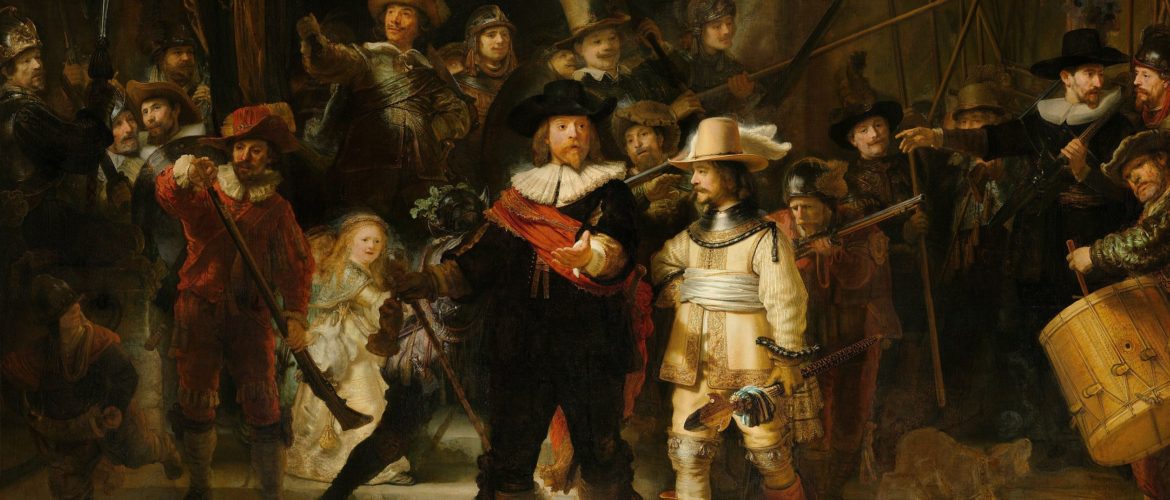“The Night Watch” by Rembrandt: Research Reveals New Secrets

If you see the words “art” and “X-ray” in one sentence, you can be sure that you are in for a fun ride — or, at the very least, a new, fascinating scientific discovery. The world of science and art has always been interconnected, from artists inducing chemical reactions to create new artistic techniques to scientists rediscovering them centuries later. Art conservers constantly work on finding a new way to preserve works of art for future generations, and finding out their make-up is one way of doing that. A recent scan of the famous Rembrandt piece, The Night Watch, has revealed traces of a technique that has never been seen before.
An Innovative Method Rembrandt Used to Keep His Painting Safe
In 2019, the Rijksmuseum in Amsterdam started the project Operation Night Watch, dedicated to research and conservation of one single work of art — the eponymous Rembrandt’s masterpiece. The initiative documents its progress very thoroughly and has already made significant discoveries. The latest of them comes from the analysis of the varnish layers of the painting, which has shown that the substance contains lead, a metal often used in industrial applications and known for its moisture-repellent qualities. Thus, it has been found that the great master covered his canvas with a lead-containing mixture before applying the first layer of paint.
A theory has been proposed that Rembrandt wanted to prepare his painting for the humidity of the outer wall of the large hall of the musketeers’ shooting range where it was supposed to be displayed. His unique method apparently provided better protection from moisture than those used by other artists in the 17th century.
While the Dutch painter was the only one to add lead to his base layers, this toxic chemical has always been used by artists, just in a different way. Lead was mixed with pigment to make the paint more durable, keep it bright, and help it dry faster.
Apart from researching lead-based varnish, the Operation Night Watch project has also made a series of other interesting discoveries. For instance, its team has found something that could be another proof of Rembrandt’s allegedly spontaneous creative process. Upon closer inspection of the painting, the researchers noticed a rough chalk sketch of a dog peeking through the layers of paint. That could be explained by the fact that the artist used to map out the composition of his pieces directly on canvas.
